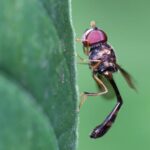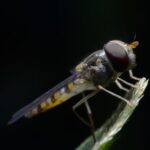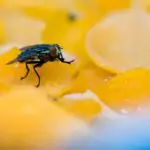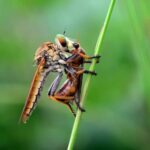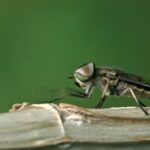What Do Flies See?
Flies have compound eyes that are composed of thousands of individual visual receptors called ommatidia. Each of these eyes detects light and motion by stimulating the photopigments inside it. This converges into a single image that is then used for navigation and detecting potential threats. Although flies’ eyes are not as large as human eyes, they have a higher resolution and are better at tracking motion than humans.
Insects do have a limited color vision. They have a pair of photoreceptor cells on each eye, each of which is sensitive to different wavelengths. This is why insects often have trouble distinguishing between different hues. They also can’t see red, which is the lowest color frequency that humans can see. And unlike human eyes, flies’ eyes can detect UV light.
Since flies cannot control the amount of light that goes into their eyes, they don’t have a perfect 360-degree vision. Moreover, their eyes are covered by transparent scales that prevent them from seeing objects behind them. However, they can still perceive light in the front and rear of objects.
This is because their compound eyes are similar to mosaics, composed of thousands of tiny images. They form one visual image, but they can’t focus on a single object. Instead, they use these images to recognize other insects or human hands. They also have the ability to see ultraviolet, which helps them find food.


